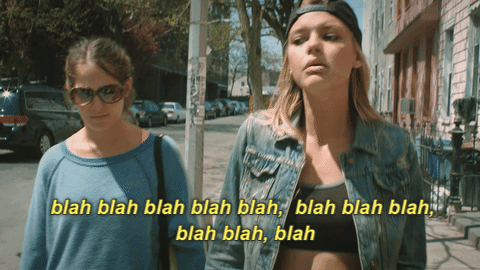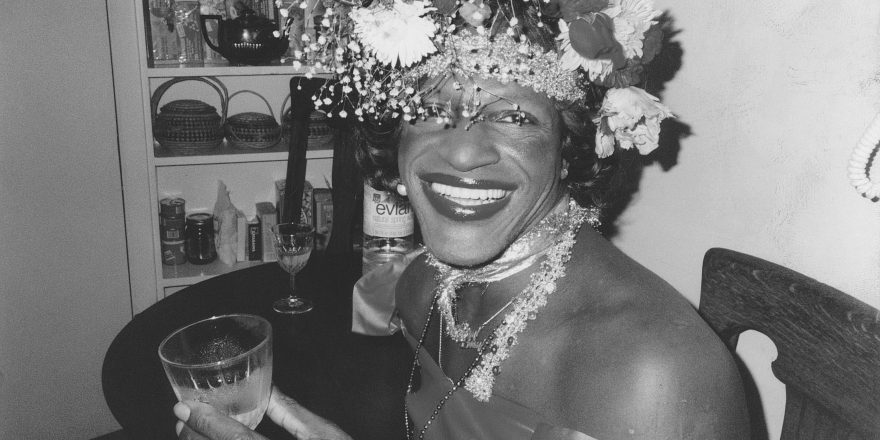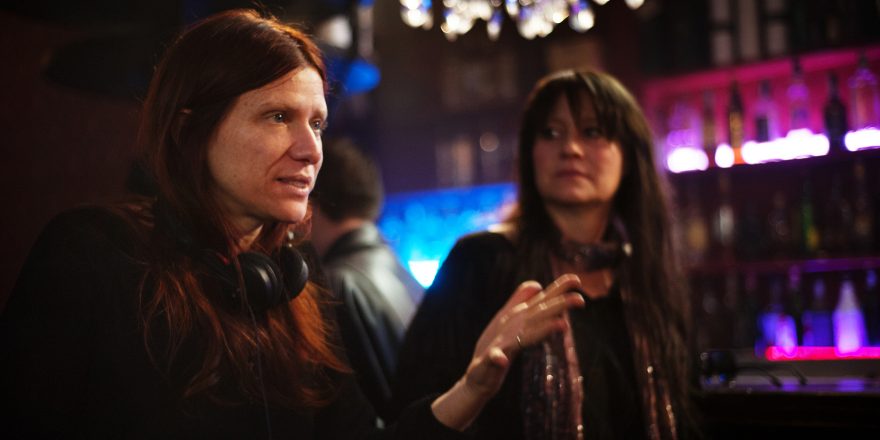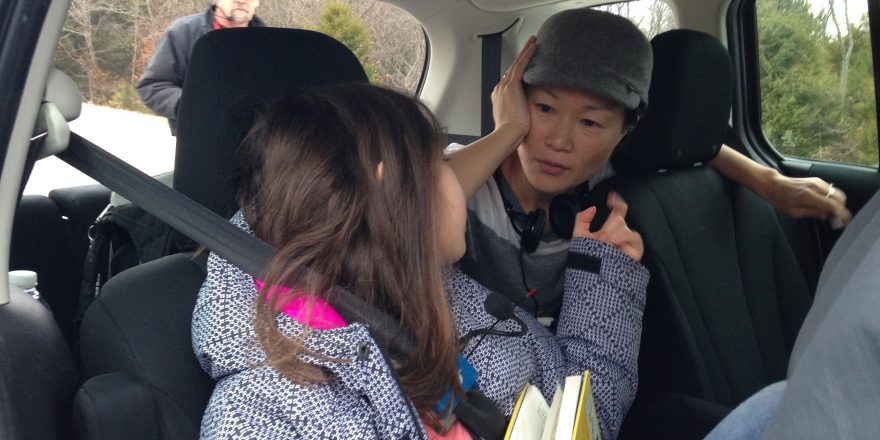On the way to the hospital, to give birth to a literal baby, looking out the window, looking at people looking in, I kept thinking to myself, “Nobody knows I’m about to have a baby.”
///
I made the choice to have a baby in the summer of 2023. There was a four-month hiatus in the editing of My First Film. I hadn’t wanted the hiatus. I was tired of planning my life around filmmaking (something I felt like I had been doing most of my adult life). I got a job at a local garden. Soon after, a second major film festival rejected what I thought was my nearly finished film. I thought for sure by the time I got pregnant, the film would get into another festival. One that saw what I was trying to do and had a place for it.
I got pregnant. The film still needed to be finished. The gardening job ended. So I threw myself into growing a baby and finishing a film. I had small spurts of caring about a festival deadline. Or a dream of where it might premiere. But mostly I watched edits and wrote and looked up words in the dictionary, trying to find what was missing. I ran every day. I ate super well. I attended doctor’s appointments and researched things about babies.
///
In the months leading up to shooting My First Film, I’d spent a lot of time preparing to be as present as possible. I logged off. I worked out. I read books about directing. Collaboration. Making art. I regularly saw a therapist. I spent time with my producers, poring over the things most important to me and letting go of the things not. I ran every day. I only drank on weekends. I reflected on how to not make the mistakes of my past. I learned how to make decisions from a pure and true heart, rather than a broken one. The 22-day shoot was the most ecstatic, strong, clear-eyed 22 days of my entire life. On the very last day, I had the intense feeling that time had finally caught up to itself, that I was finally living in the present. It was such a relief, I wept. This stayed with me through the edit. It’s still with me. It is something that will never leave. I found myself repeating the idea “This is the best part” to my editors. When my mind strayed to the idea of a red carpet, a packed audience, reviews, tweets, lists – I turned it off. I finally had learned, worrying about the future was not it. So I kept repeating: “This is the best part.”
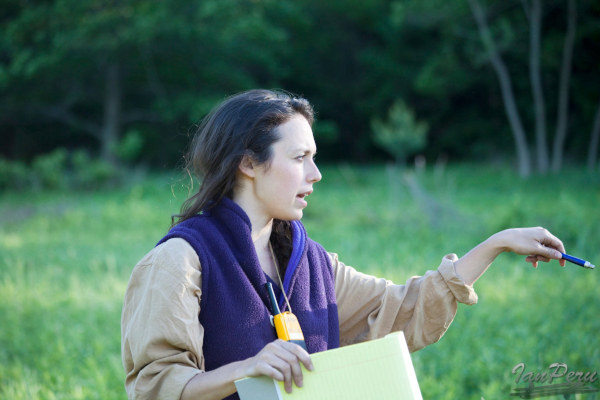
///
The baby is born and when she is in my arms, I realize she is so much bigger than I thought she would be. Not in size, but spirit. It overwhelms me. It’s exactly what I wanted to feel, but I had no way of knowing it would feel like this. She is there because of all the things that lived and died inside of me before her. She is there because of the wonderful midwives and nurses who took tender care of me for four days, and everything that brought them to work there on those days. And she is there because of all of the things that will live and die inside of her, in her own life. Things I don’t even know. Can’t predict.
///
When the film did not get into a third and then fourth major festival, I knew I had a difficult decision to make. Summer festivals were out because I would be having a baby. If I waited too long, I’d be back at the beginning again. I didn’t want to – I couldn’t afford to – wait. It was a sick sort of déjà vu. I thought about how this decision, just like every decision I’d have to make, was made more complicated because I was a woman. How for anyone who wants to have a kid or a dog or care for any other living thing, life becomes vastly more complicated. I was told that even though the film had distribution, festivals were important to get reviews, which was important to date the film, and create momentum. I dreamt in PR strategies, I waited, and my baby grew inside me.
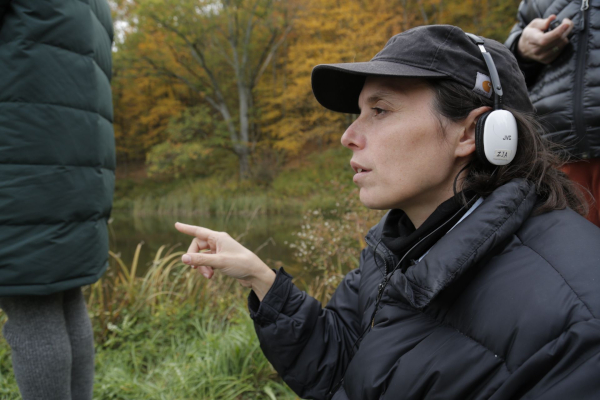
The editor Joe Bini and I spent two more weeks finishing the film. We worked on the first scene of the film and the second to last one. Two scenes that had never felt right. I watched what we did and cried. The film was better than I ever could have imagined. I don’t know how we made it. Had it gotten into any festival before then, it wouldn’t be what it is.
We go to the documentary festival in the spring. I hadn’t even considered that I had been making a documentary. The experience is underwhelming, as the culmination of years of your life in a single event always is. But I got to see the film in a theater with people for the first time. It was maybe a quarter full, but I tell myself that’s pretty good nowadays. The film was still better than I ever could have imagined. I still didn’t know how we made it.
///
My friend David tells me he didn’t really even know what “process” was until he saw the film. Now he understands it’s showing up every day. Devotion. I tell him I think it’s being entirely present to the people and ideas around you and not worried about the future. We were both varsity athletes. Neither of our definitions are right. We have another beer. I stay out way too late with a four-week-old.
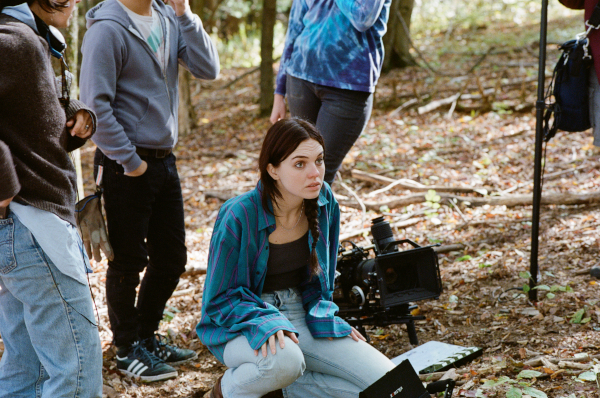
I start thinking about the process being something I have always been doing. And always will do. Not just restricted to the project I finished. All the stuff I did in the moments between mattered too.
///
The baby is not here just because of me. It’s here because of every single person who brought it to be. The producers, the co-writer, the cinematographer, the PAs, the second ACs … even the festival programmers, other filmmakers, execs, publicists, critics. The audience … you.
///
In the year before I started to make my first film, I called myself a social anthropologist. Which is probably not the correct term, but definitely something a 23-year-old would call themselves. #I was still living in my hometown and wanted something interesting to say when people asked me what I was up to. I spent that year working at a sweet potato fry stand that traveled around to different music festivals. I also worked as a house painter. And a babysitter. In my free time, I ran and I drank a lot of coffee and alcohol and smoked a ton of cigarettes. I was disgusting. And all I remember caring about was the present moment.
///
The film exists in its exact form because of all the things that had to live and die inside of me. And all the things that lived and died inside of my collaborators. Including the stuff that really hurts …
///
Near my hometown, there is a distillery that has a great gin. I once read the distiller’s tasting notes, which basically said, “I honestly don’t know how we made it. It’s a great gin.” I honestly don’t know how we did it. I hope the distiller didn’t hurt too much.
///
I made the decision not to have a baby many times in my life. Mostly because I didn’t want to have a baby with the person I was with. But also because I didn’t want to be treated differently because I had a baby. Still, in the end, I did it.
I’m on my way now to the release of the film. I say quietly, “Nobody knows I’m about to have a baby.” I grin. Real baby on my chest. One hand steadies her little head, one hand types these words. I remind myself: This is the best part.
Featured image shows cast and crew during the making of My First Film.




